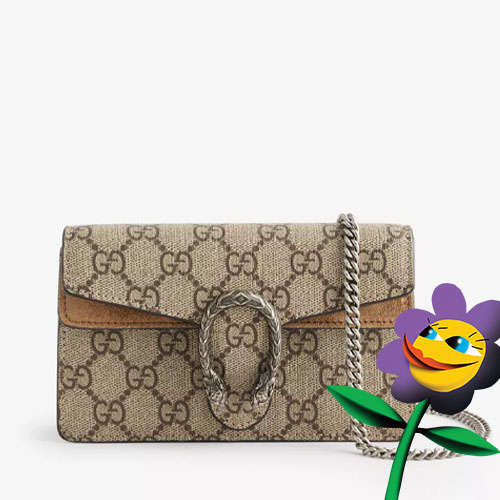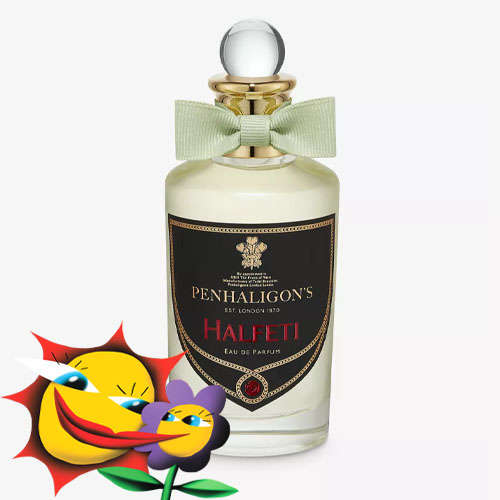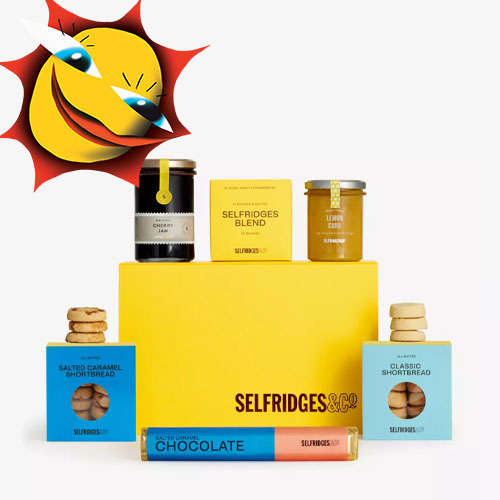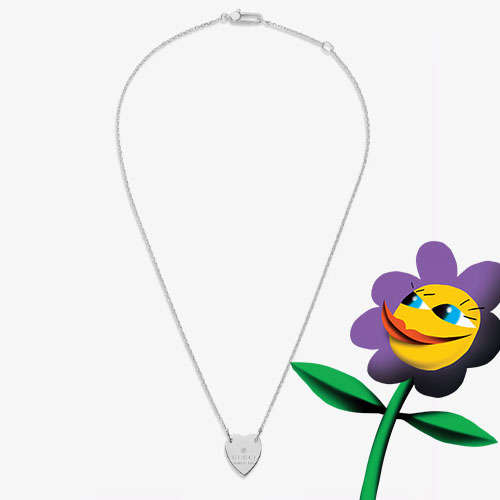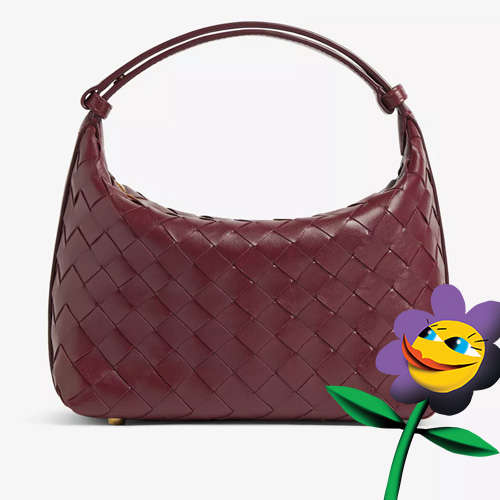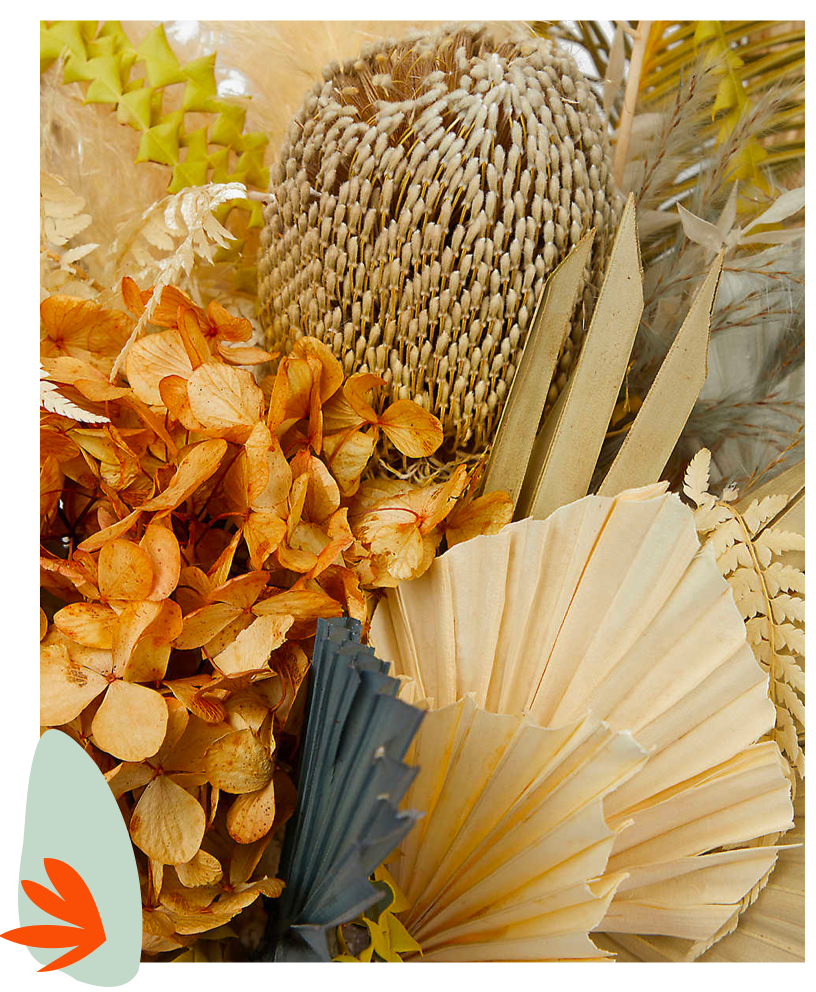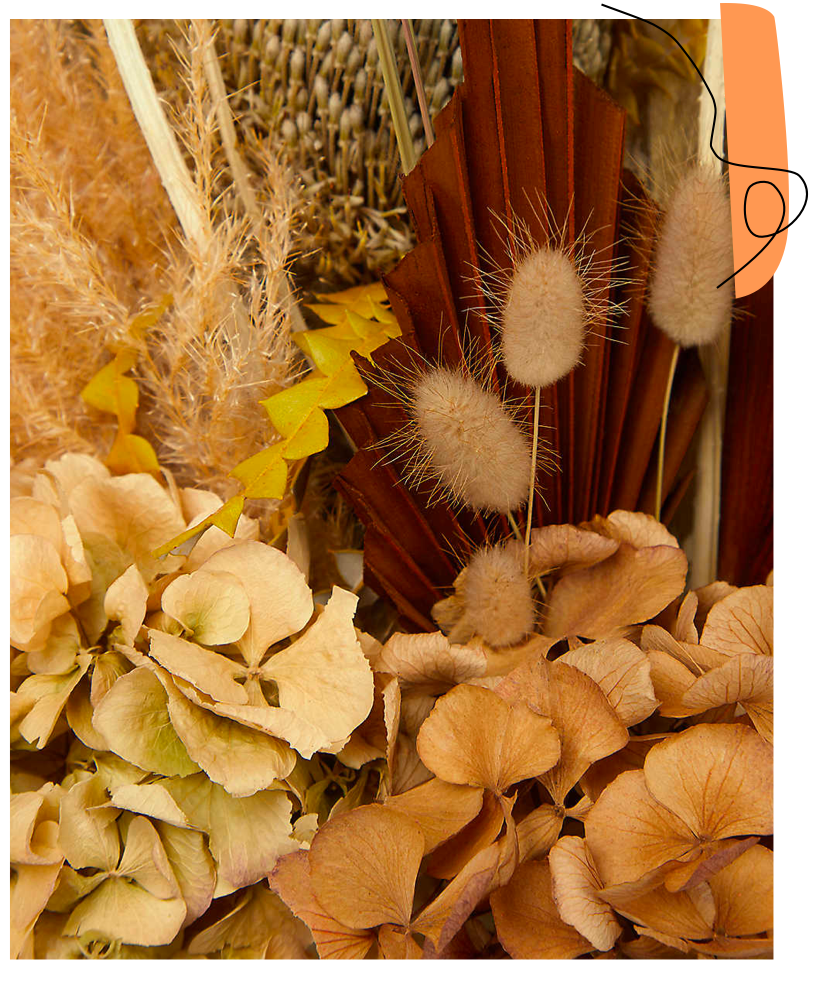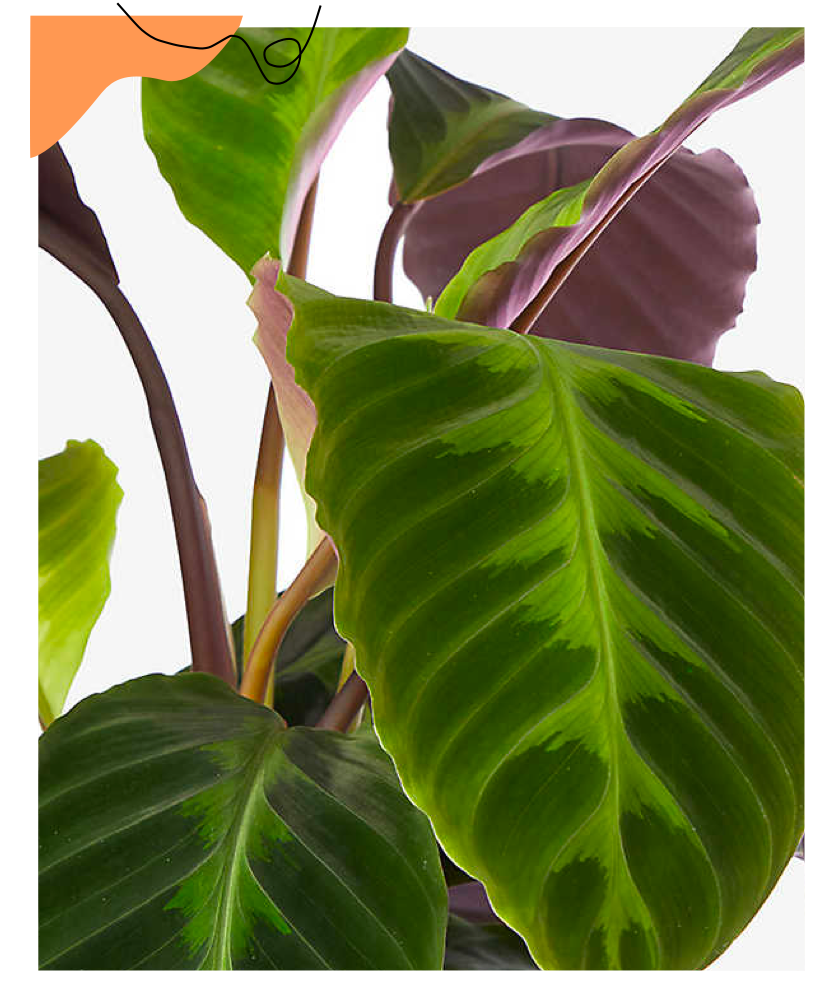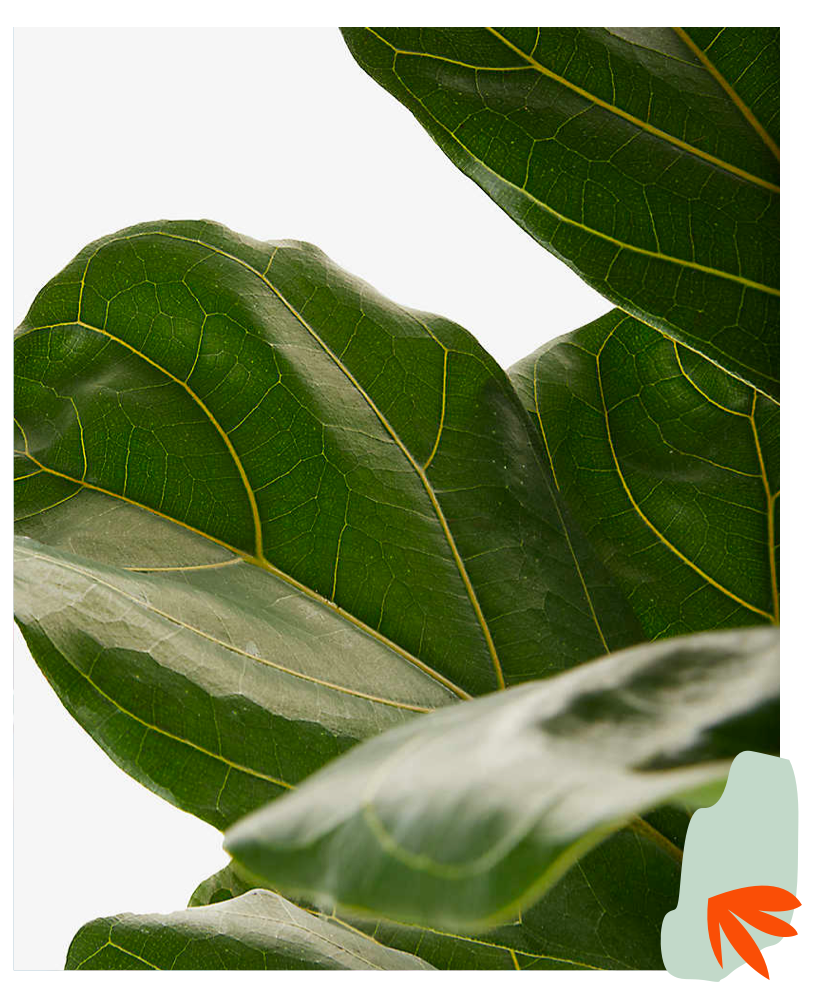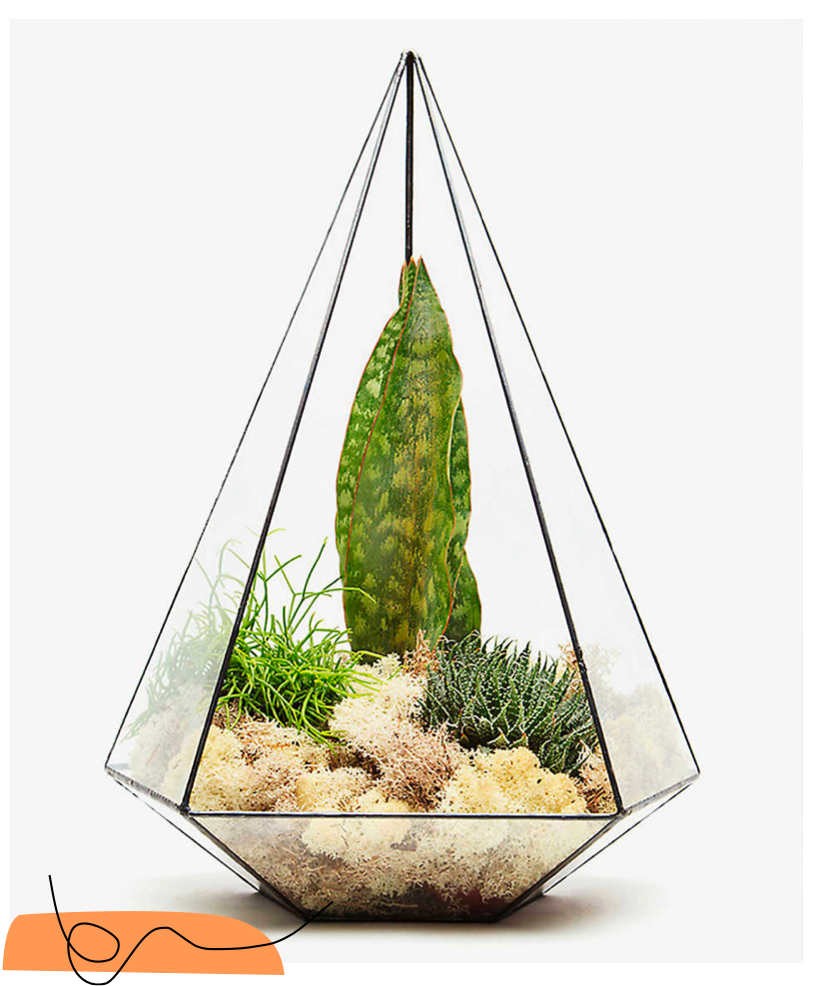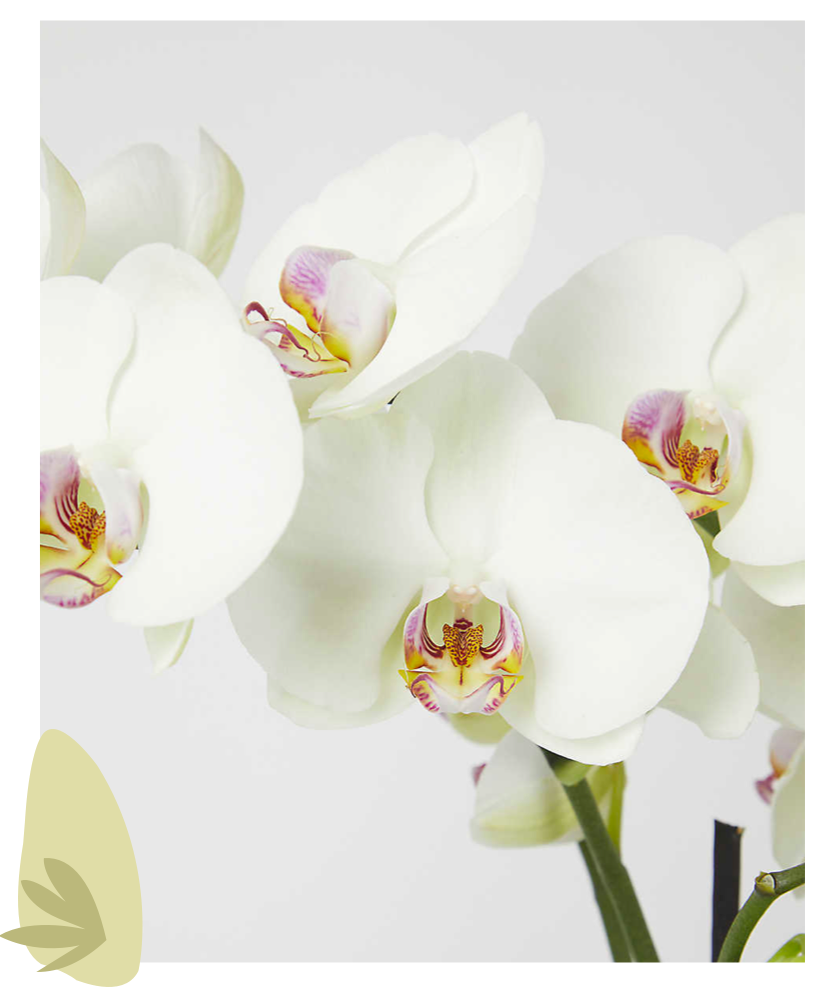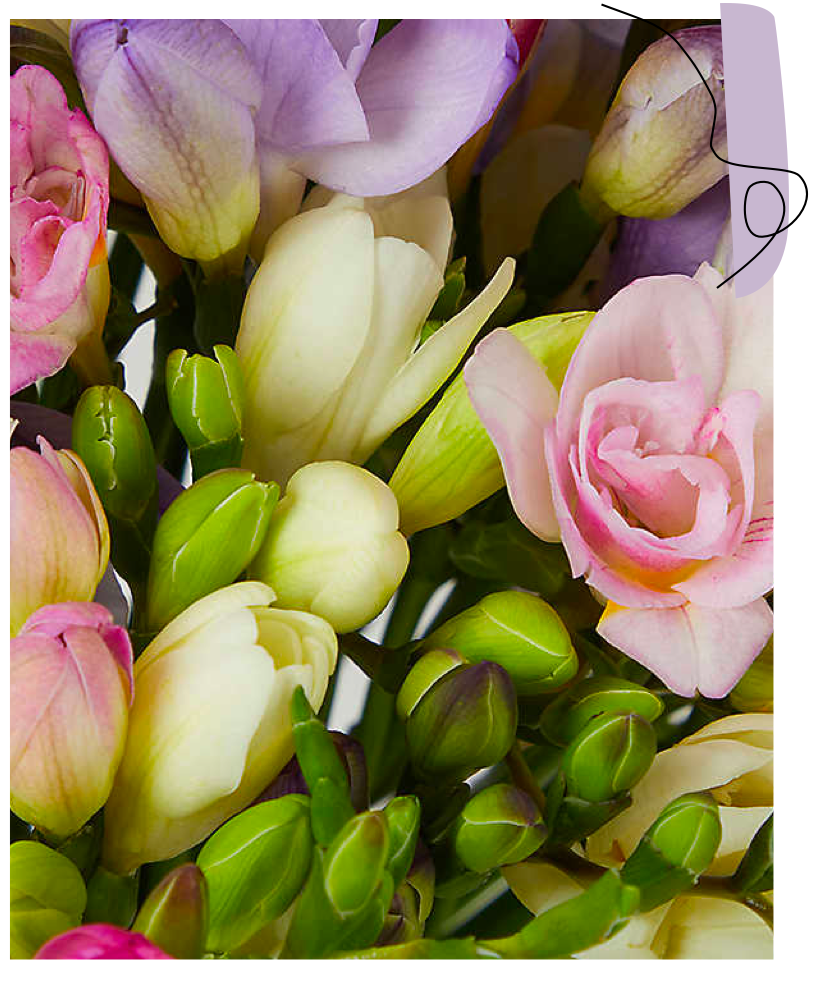- Australia / AUD $
- Canada / CAD $
- China / CNY ¥
- France / EUR €
- Germany / EUR €
- Hong Kong SAR China / HKD $
- Ireland / EUR €
- Italy / EUR €
- Japan / YEN ¥
- Kuwait / USD $
- Macao SAR China / HKD $
- Netherlands / EUR €
- Qatar / USD $
- Saudi Arabia / USD $
- Singapore / SGD $
- South Korea / KRW ₩
- Spain / EUR €
- Taiwan / TWD $
- United Arab Emirates / USD $
- United Kingdom / GBP £
- United States / USD $
- Not yours? Read more
Tell us what you think
Shop in your local currency and language
You are currently in United States US / USD $ store
- English
- English
- English
- English
- English
- English
- English
- English
- English
- English
- English
- English
- English
- English
- English
- English
- English
- English
- English
- English
- English
Did you know that we deliver to 130 countries or regions and offer a range of delivery options to suit you wherever you are in the world? Find out more
Sign up once to our Selfridges+ service and you can enjoy unlimited deliveries wherever you are in the world. FIND OUT MORE
International delivery
With almost everything on selfridges.com available for International Delivery, you can send your order to 130 countries or regions around the world, including North America, Australia, the Middle East and China.
Although we only offer 20 currencies to browse in online, you can still deliver to all of the following countries or regions:
- Algeria
- Andorra
- Antigua and Barbuda
- Aruba
- Australia
- Austria
- Azerbaijan
- Bahrain
- Bangladesh
- Barbados
- Belarus
- Belgium
- Belize
- Bermuda
- Bolivia
- Botswana
- Brunei
- Bulgaria
- Cambodia
- Canada
- Cayman Islands
- Chile
- China
- Colombia
- Costa Rica
- Croatia
- Cyprus
- Czech Republic
- Denmark
- Dominica
- Dominican Republic
- Ecuador
- Egypt
- El Salvador
- Estonia
- Finland
- France
- French Guiana
- Germany
- Gibraltar
- Greece
- Grenada
- Guadeloupe
- Guatemala
- Guernsey
- Guyana
- Honduras
- Hong Kong
- Hungary
- Iceland
- India
- Indonesia
- Ireland
- Israel
- Italy
- Jamaica
- Japan
- Jersey
- Jordan
- Kazakhstan
- Kenya
- Kuwait
- Laos
- Latvia
- Lebanon
- Lesotho
- Liechtenstein
- Lithuania
- Luxembourg
- Macau
- Malaysia
- Maldives
- Malta
- Martinique
- Mayotte
- Mexico
- Monaco
- Montserrat
- Morocco
- Myanmar
- Namibia
- Netherlands
- New Zealand
- Nicaragua
- Nigeria
- Norway
- Oman
- Pakistan
- Panama
- Paraguay
- Peru
- Philippines
- Poland
- Portugal
- Puerto Rico
- Qatar
- Reunion
- Romania
- Rwanda
- Saint Kitts and Nevis
- Saint Lucia
- Saint Martin (French part)
- San Marino
- Saudi Arabia
- Serbia
- Singapore
- Slovakia
- Slovenia
- South Africa
- South Korea
- Spain
- Sri Lanka
- Suriname
- Swaziland
- Sweden
- Switzerland
- Taiwan
- Tanzania
- Thailand
- Trinidad and Tobago
- Turkey
- Uganda
- Ukraine
- United Arab Emirates
- United Kingdom
- United States
- Uruguay
- Venezuela
- Vietnam
THE SELFRIDGES GUIDE TO...
GIFTS FOR THE NOT-SO GREEN-FINGERED
Plants, flowers and greenery have the power to boost your mood, lower stress levels, and they look quite lovely, too. It’s little wonder, then, that they make such a great gift.
After a year in which sending joyful gifts and enjoying pockets of nature wherever we can have become especially important, the treat of a beautiful bloom or can’t-pronounce-the-Latin plant is more appealing than ever. But what about our loved ones who are about as flower friendly as a garden slug? We’ve cultivated a handy guide to buying (and nurturing) green gifts that can withstand the most neglectful of gardeners and will still make any home look as lush as the Barbican Conservatory.
FOR LOW-MAINTENANCE MUMS:
DRIED BOUQUETS BY YOUR LONDON FLORIST
If your giftee is a serial plant killer, or you simply like the look of the ever-bright arrangements all over Instagram right now, dried bouquets are the answer for them (or you). There’s no soil to check on, no watering required and no expiration date – an earth-conscious alternative to fresh blooms you have to bin after a matter of days. As Floral Designer Migle Upali from Your London Florist explains, they offer “unique colours, combinations, heights and textures you just can’t get with fresh flowers”. Her tip for keeping dried bouquets happy? “It’s still really important to clean dried flowers regularly, so they retain their original colour…keep them in a dry place, avoiding draughts and direct sunlight. At the end of the day, they last as long as you love them!”
People who follow the latest design and fashion trends, and have a more experimental style, would benefit the most from the creativity that dried flowers allow
– Migle Upali, Founder and Floral Designer, Your London Florist
Our pick of the (dried) bunch
FOR BECOMING A PLANT PARENT:
PLANT-CARE TIPS BY CANOPY PLANTS
Keeping a pot plant alive and well is often daunting if their horticultural history is limited to making daisy chains and somehow allowing a succulent to wither from thirst. To set them up for plant parenthood, we spoke to Canopy Plants’ Founder, Saskia Tompsett. Born and bred in the countryside, she later moved to London and found her life lacking in greenery so wanted to start a brand that’s all about “bringing plants to the people”. Here, she gives us the lowdown on looking after their new botanical bundle of joy.
PLANT-CARE TIPS BY CANOPY PLANTS
1. Don’t kill with kindness
“You might think your new green pals will love being watered daily – they won’t! The most common problem we see with new plant parents is overwatering. Touch the top of the soil and when it feels dry, it is time to water (roughly once a week to every 10 days). The Sansevieria is a plant you can forget to water and it won’t mind – it is almost unkillable.”
2. Dust your plants regularly
“…Especially plants with large leaves, like the Fiddle Leaf Fig. The dust can stop your plant photosynthesising, which prevents it from getting enough nutrients. But, more importantly for you, plants produce oxygen, which is good for the air in your home – a real win-win!”
3. Plants don’t love the sun as much as you think
“Most houseplants grow in the lower layers of tropical jungles, which means they get bright filtered light. Ideally, you’ll recreate this in your home – the best spot is usually a little way back from a window with lots of bright light but none of the sun’s harsh rays. Some plants are very easy-going and are happy in lower light spots, like the Howea Forsteriana.”
4. Misting is your friend
“The jungle environment is warm and humid. A lack of humidity can cause dry leaves and slow growth; giving your plants a little mist every now and then will really help to keep them looking tip-top. Calatheas, especially, love humidity – try to mist yours at least once a week.”
5. Consider the season
“Just like humans, plants’ needs change throughout the year. The heat and longer daylight hours in summer should mean you’re watering your plants more regularly. In winter, you should be watering less and even moving your plants closer to a window, so they can get enough light. Watch out for central heating and always keep plants away from radiators.”
Take root with Canopy Plants
FOR THE NON-CONFORMISTS:
TERRARIUMS AND ECOSYSTEMS BY THE URBAN BOTANIST
Turns out, you don’t need to transform your home into the Eden Project, have acres of space available or constantly buy elaborate but short-lived bouquets to have extraordinary specimens on display. The Urban Botanist’s terrariums and ecosystems are mini exhibits that stand out from traditional houseplants and need hardly any (or no) upkeep.
Terrariums
Housed in copper-and-glass cases, these plants live on gravel or (in the brand’s Supersize range) natural preserved reindeer moss. The Urban Botanist takes regular trips to its grower in The Netherlands to find eye-catching, trend-led (and, arguably most importantly, hardy) plants for its terrariums. They need very little water, minimal maintenance, and make for interesting centrepieces.
Ecosystems
Know someone who can’t tell a watering can from a teapot? An ecosystem is perfect for bringing the outdoors in, all year round, not a drop of upkeep required. Made from recycled glass and sealed with a cork lid, these self-sufficient systems contain ball moss and a trio of tropical plants. Water stays trapped inside and is continually reused through photosynthesis, so the plants keep themselves happy and healthy without help (or hindrance) from anyone. They’re a long-lasting focal point and a primary-school biology lesson all in one.
For those that have a smaller garden or live in an apartment, our terrariums and ecosystems can bring some more life into the indoors…we sometimes refer to our larger terrariums or ecosystems as a mini indoor garden
– Lindsey Caldwell, Creative Director, The Urban Botanist
Honey, we shrunk the garden
FOR THE AESTHETES:
ORCHIDS AND CLASSIC BOUQUETS BY MOYSES STEVENS
A gift guide full of flowers wouldn’t be complete without some classics, right? For bouquets (which only need tending for a few days), Moyses Stevens’ Head Copywriter, Freddie Bettles Lake, says to trust your instinct when taking your pick of the bunch: “If there’s something that catches your eye, our advice is to go for it: if you’re enthusiastic about your choice of bouquet it will rub off on the recipient.” Or, if you’re looking for a fabulous floral gift that will last, how about an orchid? Freddie reassured us that “orchids are actually surprisingly easy to care for”. The trick is to keep them somewhere humid if you can (bathrooms are perfect), away from cold draughts and radiators, and water them weekly during summer and fortnightly during winter. Freddie’s top tip? “Don’t be alarmed when the petals begin to fall from the plant. The orchid isn’t dying. During the coldest winter months, the orchid goes into a kind of hibernation.” Easy-peasy!
Bloomin’ marvellous
What else is growing on?
Explore our full range of plants and bouquets




